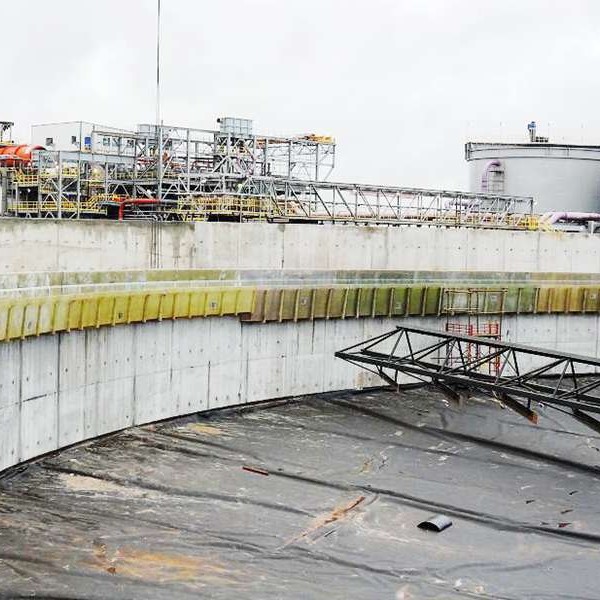
-
 Afrikaans
Afrikaans -
 Albanian
Albanian -
 Amharic
Amharic -
 Arabic
Arabic -
 Armenian
Armenian -
 Azerbaijani
Azerbaijani -
 Basque
Basque -
 Belarusian
Belarusian -
 Bengali
Bengali -
 Bosnian
Bosnian -
 Bulgarian
Bulgarian -
 Catalan
Catalan -
 Cebuano
Cebuano -
 China
China -
 China (Taiwan)
China (Taiwan) -
 Corsican
Corsican -
 Croatian
Croatian -
 Czech
Czech -
 Danish
Danish -
 Dutch
Dutch -
 English
English -
 Esperanto
Esperanto -
 Estonian
Estonian -
 Finnish
Finnish -
 French
French -
 Frisian
Frisian -
 Galician
Galician -
 Georgian
Georgian -
 German
German -
 Greek
Greek -
 Gujarati
Gujarati -
 Haitian Creole
Haitian Creole -
 hausa
hausa -
 hawaiian
hawaiian -
 Hebrew
Hebrew -
 Hindi
Hindi -
 Miao
Miao -
 Hungarian
Hungarian -
 Icelandic
Icelandic -
 igbo
igbo -
 Indonesian
Indonesian -
 irish
irish -
 Italian
Italian -
 Japanese
Japanese -
 Javanese
Javanese -
 Kannada
Kannada -
 kazakh
kazakh -
 Khmer
Khmer -
 Rwandese
Rwandese -
 Korean
Korean -
 Kurdish
Kurdish -
 Kyrgyz
Kyrgyz -
 Lao
Lao -
 Latin
Latin -
 Latvian
Latvian -
 Lithuanian
Lithuanian -
 Luxembourgish
Luxembourgish -
 Macedonian
Macedonian -
 Malgashi
Malgashi -
 Malay
Malay -
 Malayalam
Malayalam -
 Maltese
Maltese -
 Maori
Maori -
 Marathi
Marathi -
 Mongolian
Mongolian -
 Myanmar
Myanmar -
 Nepali
Nepali -
 Norwegian
Norwegian -
 Norwegian
Norwegian -
 Occitan
Occitan -
 Pashto
Pashto -
 Persian
Persian -
 Polish
Polish -
 Portuguese
Portuguese -
 Punjabi
Punjabi -
 Romanian
Romanian -
 Russian
Russian -
 Samoan
Samoan -
 Scottish Gaelic
Scottish Gaelic -
 Serbian
Serbian -
 Sesotho
Sesotho -
 Shona
Shona -
 Sindhi
Sindhi -
 Sinhala
Sinhala -
 Slovak
Slovak -
 Slovenian
Slovenian -
 Somali
Somali -
 Spanish
Spanish -
 Sundanese
Sundanese -
 Swahili
Swahili -
 Swedish
Swedish -
 Tagalog
Tagalog -
 Tajik
Tajik -
 Tamil
Tamil -
 Tatar
Tatar -
 Telugu
Telugu -
 Thai
Thai -
 Turkish
Turkish -
 Turkmen
Turkmen -
 Ukrainian
Ukrainian -
 Urdu
Urdu -
 Uighur
Uighur -
 Uzbek
Uzbek -
 Vietnamese
Vietnamese -
 Welsh
Welsh -
 Bantu
Bantu -
 Yiddish
Yiddish -
 Yoruba
Yoruba -
 Zulu
Zulu
The Role of FRP Launders in Contemporary Water Treatment Solutions
The Importance of FRP Launder in Modern Water Treatment
In the ever-evolving landscape of water treatment, the pursuit of efficiency, sustainability, and cost-effectiveness has never been more critical. One of the innovations that underscore these goals is the introduction and utilization of Fiber Reinforced Polymer (FRP) launders in treatment processes. As municipalities and industries strive to manage water resources responsibly, understanding the importance of FRP launders becomes essential.
FRP launders are channels used for collecting and transporting treated water at various stages of the water treatment process. They are particularly integral in sedimentation tanks, clarifiers, and other facilities where separation and clarification of water are necessary. The selection of materials for these structures is vital, as they must withstand harsh chemical environments, uphold structural integrity, and maintain operational efficiency.
One of the most significant advantages of FRP materials is their durability. Unlike traditional materials such as concrete or metal, FRP exhibits high resistance to corrosion, which is crucial in water treatment applications where chemical reactions can degrade other materials over time. The longevity of FRP constantly translates to reduced maintenance costs and less frequent replacements—benefits that are particularly attractive to water treatment facilities operating under budget constraints.
Moreover, FRP launders are lightweight, making them easier to handle and install compared to traditional materials. This characteristic not only speeds up the installation process but also reduces labor costs and equipment requirements. The simplified installation of FRP components allows for quicker upgrades and expansions of existing systems, thereby improving the overall operational agility of wastewater treatment plants.
the importance of frp launder in modern water treatment

Another essential aspect of FRP launders is their design flexibility. The manufacturing process of FRP allows for the creation of custom shapes and configurations, enabling engineers to optimize water flow and treatment efficiency. Customized designs can significantly enhance the performance of separation processes by minimizing turbulence and ensuring even distribution of water, which is critical for achieving the best possible treatment outcomes.
In addition to practical advantages, environmental concerns also underscore the importance of FRP launders in modern water treatment. As organizations prioritize eco-friendly practices, FRP materials align well with sustainability goals. They are often produced with recyclable materials, supporting efforts to reduce the carbon footprint associated with water treatment infrastructures. Furthermore, the extended lifespan of FRP components contributes to a decrease in waste generation over time, as less frequent replacements mean fewer discarded materials.
When considering the economic ramifications, the upfront investment in FRP launders can be significant, but the return on investment is generally favorable. The cost savings associated with reduced maintenance, longer service life, and operational efficiency often outweigh the initial expenditures. Additionally, facilities that prioritize modernization and the implementation of advanced technologies tend to gain regulatory advantages, positioning themselves as leaders in water treatment and environmental stewardship.
In conclusion, the importance of FRP launders in modern water treatment cannot be overstated. They represent a forward-thinking solution that aligns with contemporary demands for efficiency, sustainability, and cost management. By embracing FRP technology, water treatment facilities can ensure they meet the challenges of today while positioning themselves for the future. As water scarcity and quality issues become increasingly prominent worldwide, the deployment of innovative materials like FRP will play a crucial role in protecting our most vital resource water.









